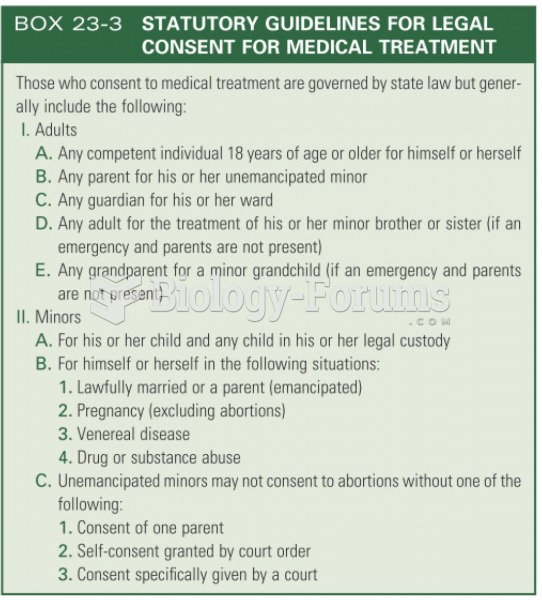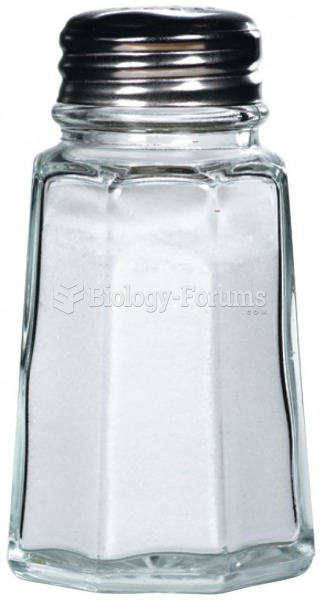Answer to Question 1
Answer:
1. The students listen to and read good examples of procedural texts appropriate for their age and grade level.
2. The teacher guides discussion of the use of vocabulary and the sequence of tasks in the text with particular attention to nouns, verbs, and sequence words.
3. Students explain why the sequence is important and what happens if a step is omitted or the sequence changed.
4. Using procedural text as a model, students collaborate on creating a procedural text.
5. Students identify important vocabulary and the steps needed to complete the task described in the text.
6. Students create visual support for the text.
7. Students create their own procedural text using collaborative procedural texts as models.
Answer to Question 2
Answer: Even though e-mailing and blogging have given us abbreviated forms of personal writing, it is still important for students to learn letter writing. Effective letter writing also sets up an avenue for ongoing communication between two people. In letters, you want to share ideas and information while seeking reaction and response from the receiver of the letter. This encourages the recipient to write back until the need to send and receive letters becomes second nature to us. It is important that teachers teach their students that letter writing requires a clear purpose and organizationvaluabl e writing skills to encourage in students. The two basic forms of letter writing are the personal letter and the business letter. Personal or friendly letters are written to people that are known or want to be known to the writer. To reach out to other audiences, students can write to pen pals.
Business letters are written to inform, explain, or express an opinion about a product, event, or experience in a more formal way. Often, the recipient of the letter is unknown to the writer. The tone and language used in business letters is to express a point of view, or to agree or disagree with the recipient's point of view. The formats for business and friendly letters are quite similar. One main difference between the two letter formats is that the business letter has the full name and the business address of the recipient.
The best way teachers can help students with letter writing is to model letter writing and reinforce the value and purpose of letter writing. Another source is the U.S. Postal Service's Wee Deliver Program.







